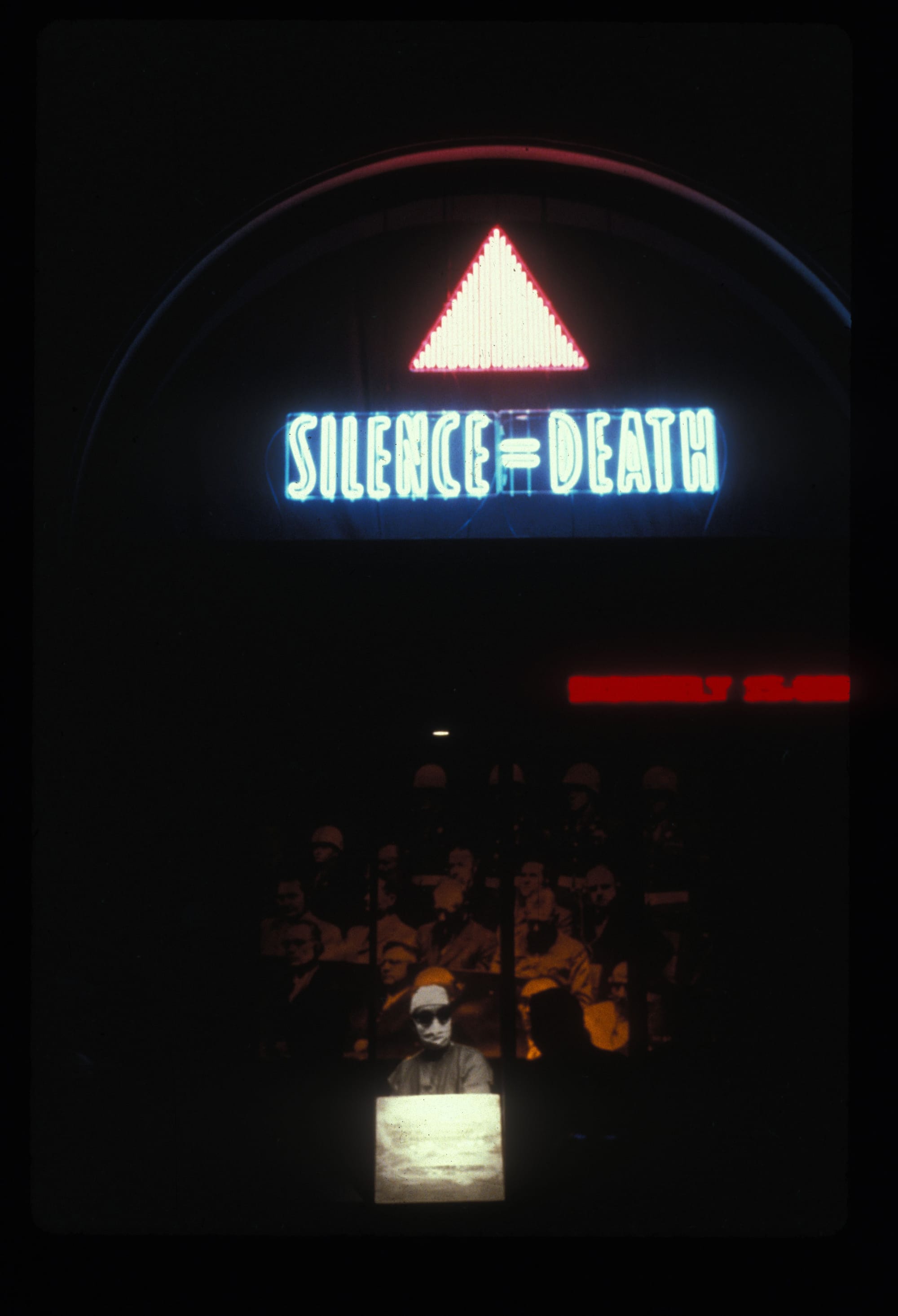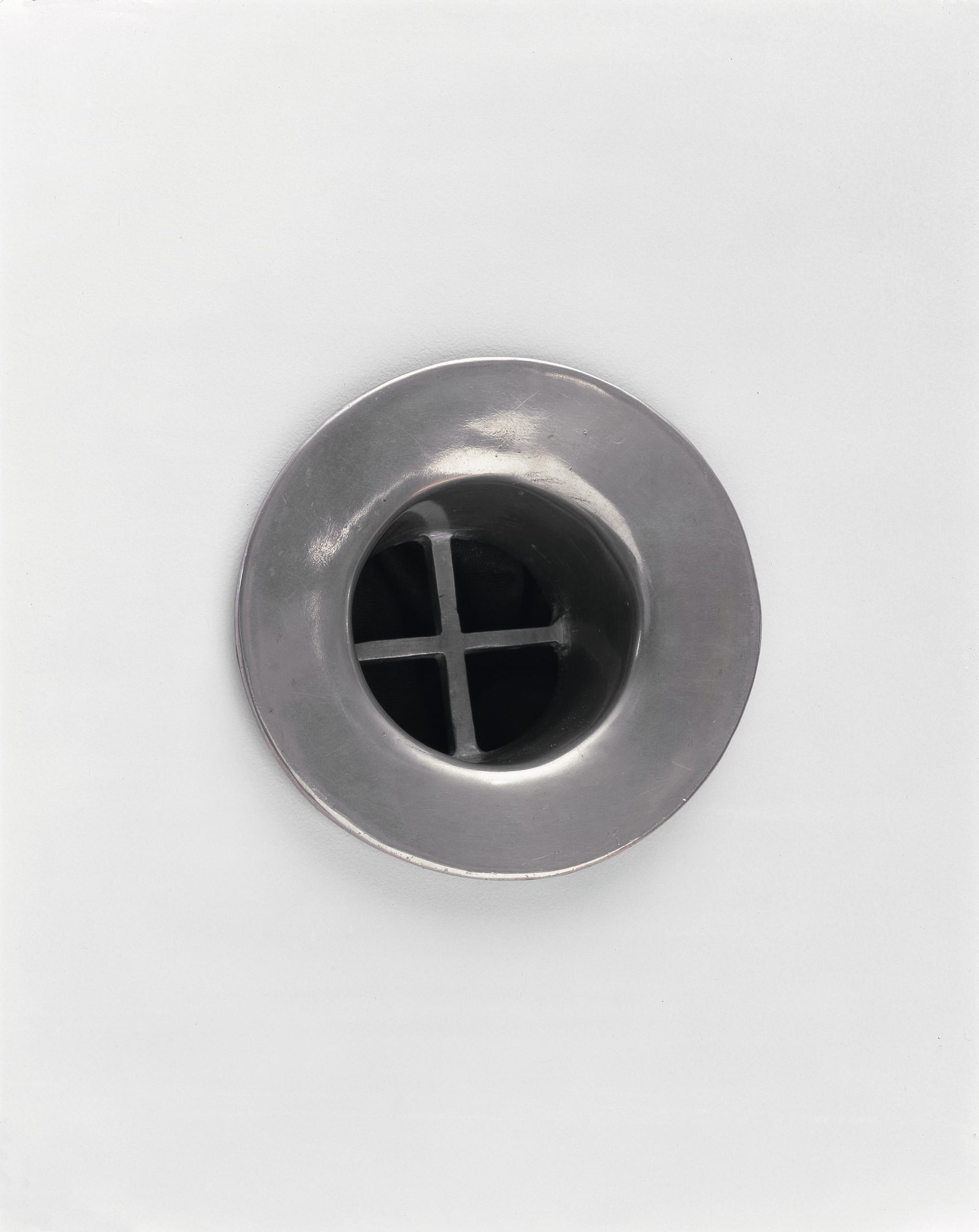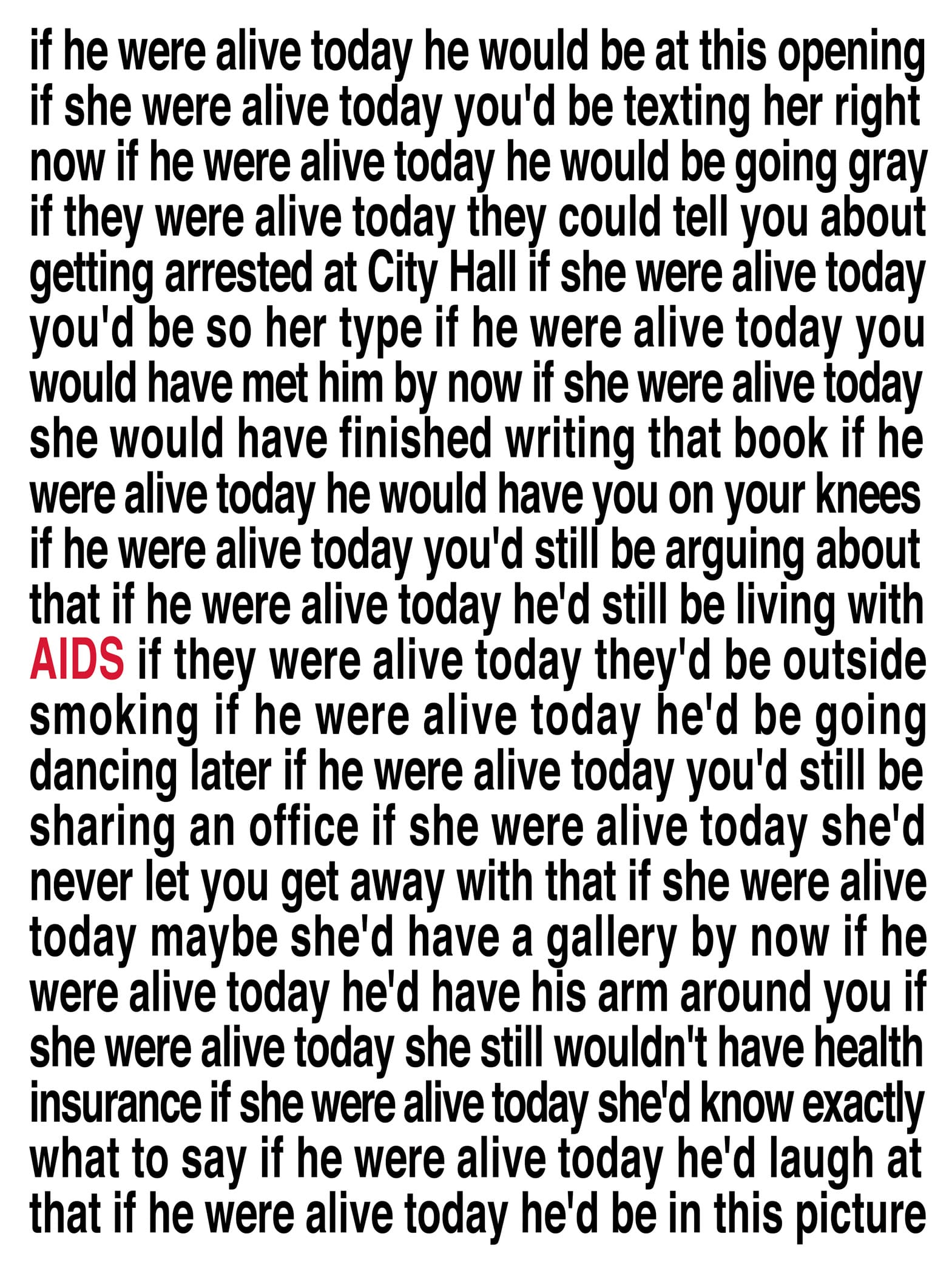Tacoma Art Museum's extraordinary new exhibit, Art AIDS America, underscores how AIDS ferociously impacted not only an entire population, but American art as well.
The show presents some 125 works from all over the country, including pieces from big names such as Robert Mapplethorpe, Keith Haring and Annie Leibovitz. TAM’s chief curator, Rock Hushka, who co-curated the exhibit with scholar Jonathan Katz from the University of Buffalo, says the exhibit tries to capture all that was felt during the AIDS epidemic: terror, rage, grief, hope.
While some of the works are sexually explicit or unflinching in their portrayal of suffering and dying, others reference what it’s like to be an artist burdened by HIV or the memory of loss.
Hushka says the show is unquestionably personal for him, as well as the gay/lesbian community, the artists and everyone else who has lent work. “I grew up watching this crisis unfold and watching people get sick and die,” Hushka said in a recent interview, "and that’s something unknown to American culture except for in times of war."
Some of the first AIDS art—work that railed against the silence of the government during the first years of the crisis—was, in fact, work that saved Hushka, he explained. “Because of the awareness and the politics and the organizing and the way people coalesced around the AIDS crisis, it made me aware of what I had to do to save myself and my peer group.”
Not too long ago, Hushka recalled, he toured the Museum of Modern Art in New York and saw a quartet of works by Haring, Felix Gonzalez-Torres and David Wojnarowicz (all of whom are represented in the TAM show). “And in none of the labels did they mention AIDS and I was annoyed,” he said.
Hushka left the museum, went over to The Strand bookstore and inquired where the AIDS section was. “They pointed me to a section that was downstairs and underneath a table. And I thought, ‘Such little interest in the epidemic.’ That’s when I got enraged and that’s when I knew I had to do this project.”
The show, which will eventually travel to Georgia and then to the Bronx, is a reminder, brutal and poignant, for anyone who lived through the crisis as well as a survey shedding light on the topic for those too young to remember.
We asked Hushka to pick five works from the exhibit and explain their significance. Here's his response:

This is a mixed media installation recreated from a window installation that debuted in 1987 at the New Museum in New York. The Museum had invited ACT UP (the AIDS Coalition to Unleash Power) to raise AIDS awareness. “The triangle was from the Nazi prison camps and it was inverted. This was about activating a new kind of power.
“It was 1987 and 40,000 people had already died. And Reagan (the president at the time) was saying nothing. This is where the conversation of AIDS was directly inserted into the museum.”

“This is an absolute appropriation of someone else’s work; he (Wojnarowicz) photographed a natural history diorama. He’s bending this iconic idea of American identity. It’s a commentary on politics and desperation and the impending culture wars.
“By making this image and calling it “Untitled,” it’s an homage to (Roland) Barthes and his Death of an Author—that artists don’t make meaning but that it’s the viewer who creates the meaning.
“It’s quiet, eloquent, painfully beautiful.”

“Kind of like Duchamp’s urinal in that it’s meant to provoke a question. Drains--it’s both a noun, this thing that takes away waste or a verb.
“Gober didn’t make an overly political work. He was active in ACT UP and was certainly losing friends weekly. You can’t help but reference the fear of contagion and what we were thinking.

“Broadsides made by a group of women artists that show how art can still be political, that we should still remember people who have passed.
“Most of the artists who were impacted (by the AIDS crisis) were white, male, middle class men. But a lot of women artists gave up their careers or put their careers on hold to take care of their friends.”
https://www.youtube.com/watch?v=pVC2E80oI5E
In this piece, Lollypop, created by Kalup Linzy in 2006, “the artist himself is in this video (with Shaun Leonardo) lip synching a Hunter and Jenkins tune in which a man is trying to coax a lady to share her candy.
“When I saw this I was struck by the overt sexuality: two shirtless men of color. But there’s humor as well as darkness. This is about two men and what it’s like when HIV is part of their lives.”
If you go: Art AIDS America, Tacoma Art Museum, Now through Jan. 10 ($14)
There are two upcoming related events: Artist and theorist micha cárdenas discusses the prevalence of HIV among trans women of color. 6:30 p.m. Oct. 15 at TAM (Free).
And a performance of My Brother Kissed Mark Zuckerberg by writer-performer Peter Serko, about Serko’s younger brother who died from AIDS at the age of 32. 7 p.m. Oct. 23 at the Museum of Glass in Tacoma ($25).



